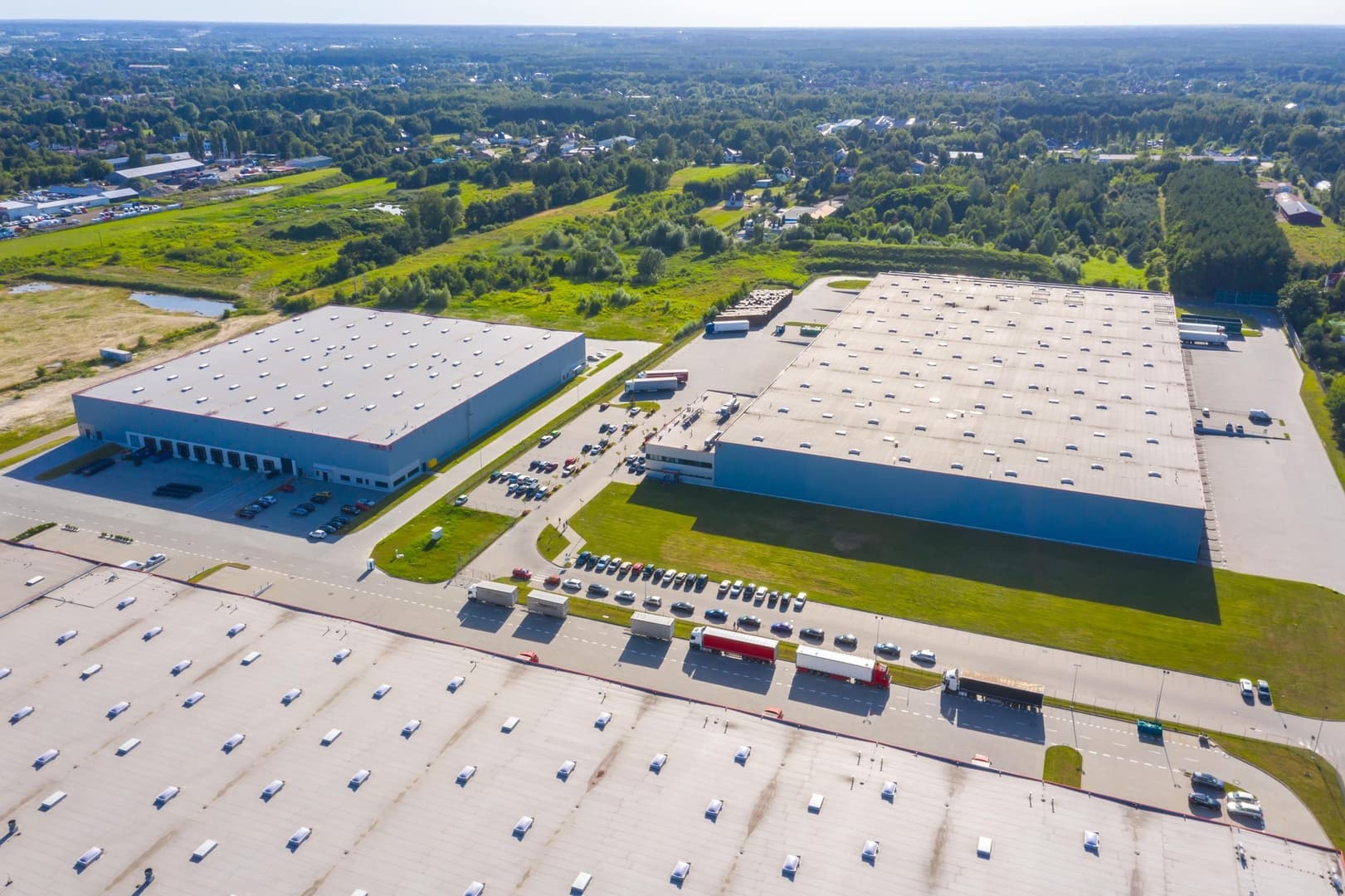Rent for industrial premises strongly influenced by rising costs for construction materials

Lack of construction materials also reflected in industrial construction
“The industrial real estate market has been under pressure for more than a year. The pandemic has resulted in fundamental changes in customer-supplier flows and an increase in demand for premises across almost all segments. This has naturally been reflected in increases in rent and the valuation of industrial buildings, in particular in the most desirable locations around Prague and Brno. This has been compounded by the unavailability of land for new construction near these cities, and so new larger projects are often located at distances of 30 to 40 km from the city,” says Robert Sgariboldi, Head of Industrial Leasing at 108 AGENCY.
Because of a high global demand for building materials, insufficient production capacity and disrupted transportation chains, the price of building materials is rising rapidly in the industrial and commercial sectors, and also in industrial construction. Rent costs have thus reached record levels. In key locations, rent costs are already of the order of 5 EUR per sq m/month. In locations with the highest demand, i.e. south-east Prague around the D1 motorway, costs are now above 6 EUR per square metre. The price pressure is so strong that even submitted bids are very often revised (or specifically increased), even during the course of negotiations, or shortly before signature of the lease agreement. The entire commercial process from submission of a bid to signature of the lease agreement generally takes a number of months in the industrial sector. Due to soaring prices, where some commodities can increase in price by hundreds of percent in just weeks, the developer often has no other option, even though it is a difficult situation for all parties to the transaction.
At the current time, nobody is able to predict how this trend is going to develop and when and to what level building material costs will fall. There are indications, however, that this is not a short-term fluctuation. The situation will also likely be affected by legislative changes currently under discussion in regard to real estate tax.
“If we sum these factors, there will likely be a further increase in pressure on location selection in terms of activities within a particular building, or location, and its added value for the particular user. Increasing rental costs in a desirable location will be better borne by a user who undertakes activities there with high added value, or who has a large number of employees. For such a user, rental cost is not the most important item in their budget. In contrast, for a pallet logistics user with a minimal number of employees who only perform basic handling and racking system operations, an increase in rent by 20 to 30 % may represent a reason to assess other options and potentially relocate to a more cost-effective region. The price of leasing the building in these operations may come to 50 % of the total budget,” says Robert Sgariboldi.
Lack of material and workforce reflected in project delivery times
In addition to the increase in building material costs, the market is also affected by the overall shortage of materials for meeting demand. Construction companies are also struggling with the availability of specialised planners and construction engineers. “The formerly valid market standard in which a project which had been granted construction approval could be turned over to tenants within 6 months of signature of the future lease agreement is gradually ceasing to exist. We are increasingly frequently seeing indications of 8-9 months even where projects have valid construction approval, and this is due to a lack of planner capacity and availability of construction subcontracting, The risk of late construction delivery, which used to be exceptional, is now counted in months, and it should be anticipated within projects at an increased likelihood,” concludes Robert Sgariboldi.



